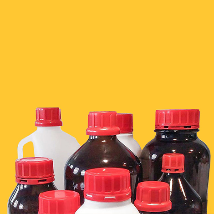
North Korea claimed that a nuclear blast on Sunday was a big advance from its previous five tests because it had successfully detonated a hydrogen bomb. But some experts suspect the North may have tested a “boosted” atomic bomb.
How are a hydrogen bomb and a regular atomic bomb different? And why would that matter to the United States and its allies? Here’s what the experts say.
How do nuclear weapons work?
Nuclear weapons trigger an explosive reaction that shears off destructive energy locked inside the bomb’s atomic materials.
The first atomic weapons, like those dropped by the United States on the Japanese cities of Hiroshima and Nagasaki in World War II, did that with fission: splitting unstable uranium or plutonium atoms so that their subatomic neutrons fly free, smash up more atoms and create a devastating blast.
How is a hydrogen bomb different?
A hydrogen bomb, also called a thermonuclear bomb or an H-bomb, uses a second stage of reactions to magnify the force of an atomic explosion.










